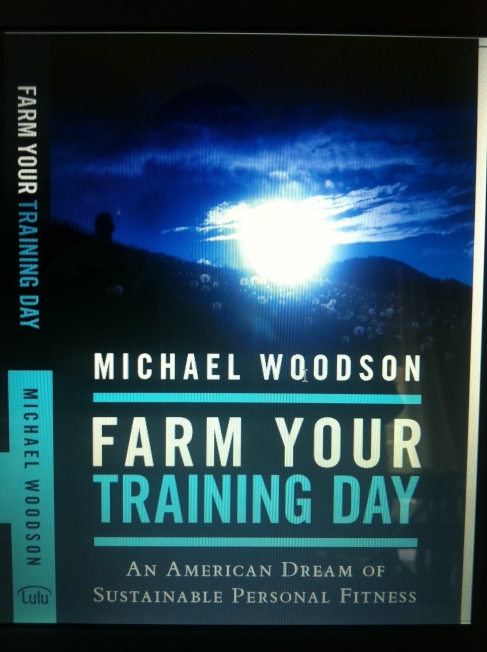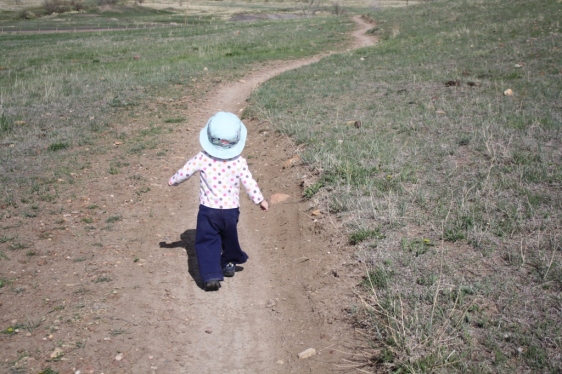
Policy on Heat Injury: Prevention, Early Detection of precursors, Awareness, Quick Response. If it happens to you once, as it did to me 21 years ago, you will want to adopt another policy. No Repeats! Adaptive Training has 7 dimensions, and one of them is Forces Training. Forces Training is about intentionally encountering the natural forces, physics, energies, and elements of our training, sport, art, or work environments under controlled conditions for the purpose of acclimation, adaptation, increased capacity, and performance.
This post follows up on the last post, “When a Run Is Not a Run,” thanks to a question from Simone, whose blog is at http://meltdowntoironman.com/ and whose training targets the 2014 IMOZ or Iron Man Down Under. I was laughing as I wrote this because I’m betting Simone knows more about this than I do, but here is my expanded answer anyway. Anyone have wisdom to add? Please chime in.
There are excellent multi-sport resources for fueling and hydration. I’m posting those below. After that, I post my own suggested lessons-learned from the summer weight-bearing running and hiking perspective.
Professional Multi-Sport Fueling:
Master Race Day Nutrition:
http://www.ironman.com/triathlon-news/articles/2013/06/race-day-fueling.aspx#axzz2aAEqlXGN
How the Pros Hydrated At The Hawaii Iron Man:
http://triathlon.competitor.com/2011/10/nutrition/how-the-pros-hydrated-at-the-hawaii-ironman_41584
Fueling for Open Water Swimming (underlying science & practical detail included by USA Swimming):
Click to access Nutrition%20Strategies%20for%20Open%20Water.pdf
Our fellow WordPressers you may already know have lots of practical posts on the swim:
http://waterbloggedtriathlete.com/
http://owswimming.com/
My running hydration lessons learned:
1. Hydrate with electrolytes;
2. sipping not gulping;
3. steady sipping;
4. steady nutrition bearing in mind your temps, climbs, and humidity as they will impact your calorie burn rate (your thermostat and cooling system needs fuel to work efficiently);
5. seek cooling opportunities during runs, i.e. shade, cool presses, ice to rub on your head, whatever’s legal, efficient, and doesn’t overly distract you;
6. use an SPF rated, moisture wicking hat if allowed;
7. use proven moisture wicking training wear (in my book I cite research that such garments have a micro-wind tunnel effect surrounding the skin);
8. if thirsty, you’re already dehydrated, so sip at first sign your mouth feels dry, and boost frequency;
9. recognize climbs or changes in running surface resistance may boost your need for replacement fluid;
10. Have a plan and method for hydration, fueling, transition and practice / perfect them during training and races;
11. Occasionally train yourself for short intervals without adequate nutrition and hydration in arduous conditions to practice adapting to unexpected circumstances, practice distinguishing signs of trouble in yourself early, and to become a more perceptive self-trainer. KEEP THESE TRAINING SESSIONS SHORTER THAN THE NORMAL TRAINING SESSION — you don’t want “authentic battle damage” in training, BUT you do want to very gradually increase your capacity and tolerance for hardship; unexpected snafus, changes in conditions using intervals. Also practice your remedial counter-measures during these sessions, and gauge their effectiveness, try different salves, etc. WARNING: GET YOUR PHYSICIAN’S CLEARANCE TO TRY THIS, AND TO WHAT EXTENT.
12. If you show symptoms of dehydration (thirst, urine darker than a light yellow) boost your continual sipping of electrolyte fortified fluids, redouble your focus on efficient form in your sport; seek cooling opportunities (shade etc.); and be sure you’re breathing as efficiently as possible. Watch for symptoms of heat injury developing (cramps, exhaustion, or stroke), which may be found here:
http://www.outdoorlife.com/blogs/survivalist/2013/07/survival-medicine-signs-and-field-treatments-heat-illnesses
http://www.mayoclinic.com/health/heat-stroke/DS01025/DSECTION=symptoms
There are myriad forces, elements, factors, and related circumstances you may encounter to modify your sport, art, work, race, event, expedition, or training day: heat, cold, wind, rain, humidity, pressure, altitude, lack of shade, UV rays, reflection, water, fire, disaster, weather, lightening, mud, bugs, animals, inclines, navigation errors, forgotten supplies, contaminated supplies, and more.
Adaptive Forces, Movement with Forces, and Management of Forces training intentionally encounters these elements and natural forces in controlled conditions as primary and secondary training factors to reduce their impact on the outcome of your effort, and if possible, to find ways that these can help you become better. A more detailed, long treatment of this customizable training dimension is an entire chapter in my book Farm Your Training Day: An American Dream of Sustainable Personal Fitness.




















